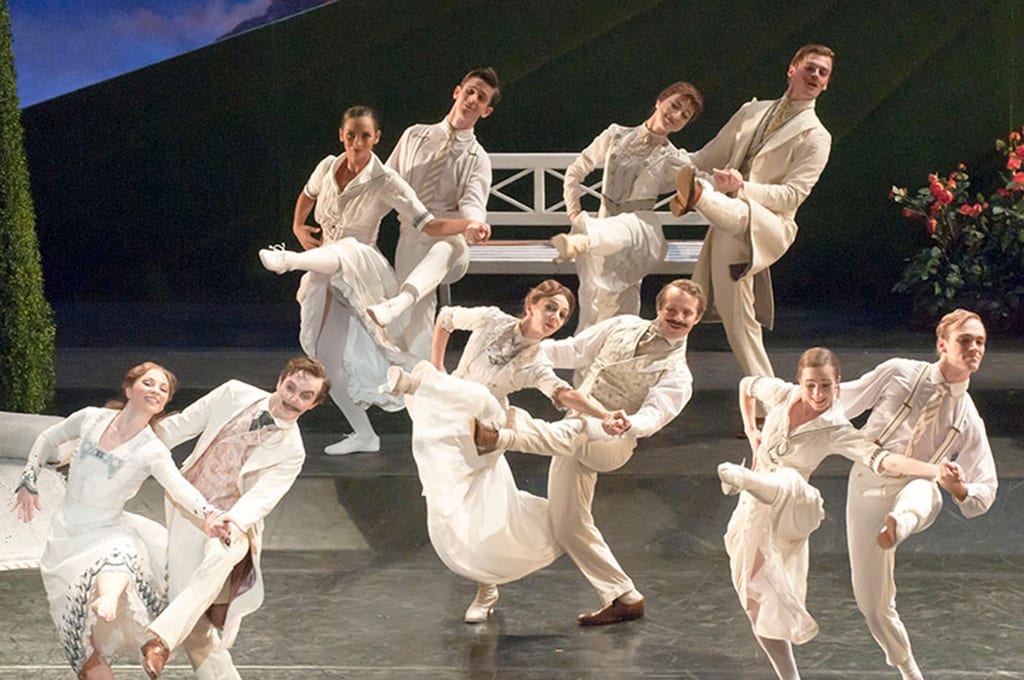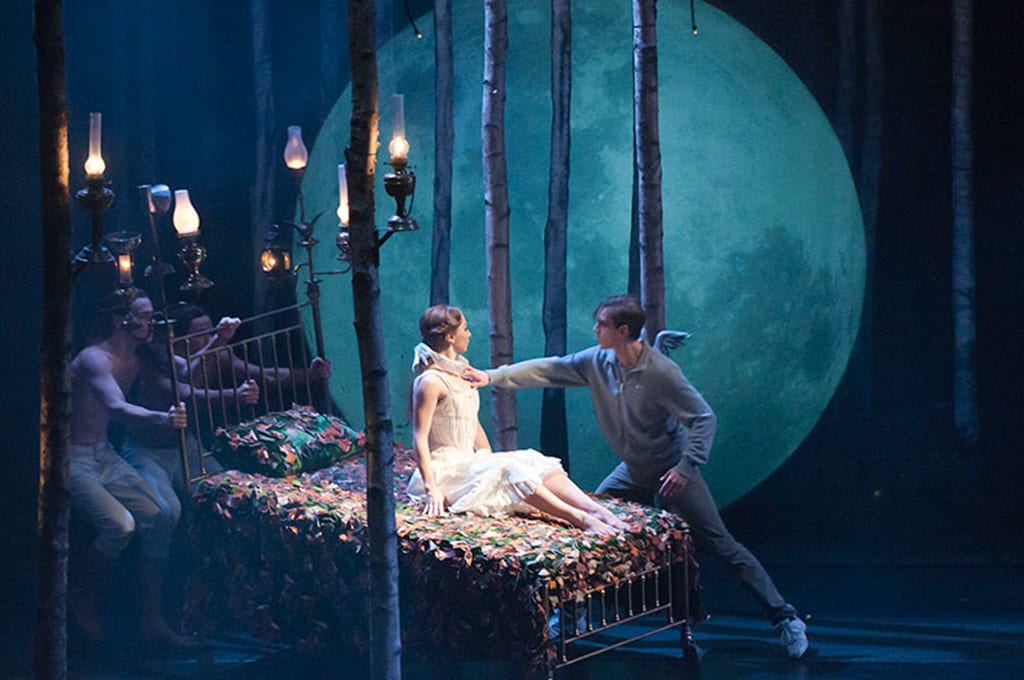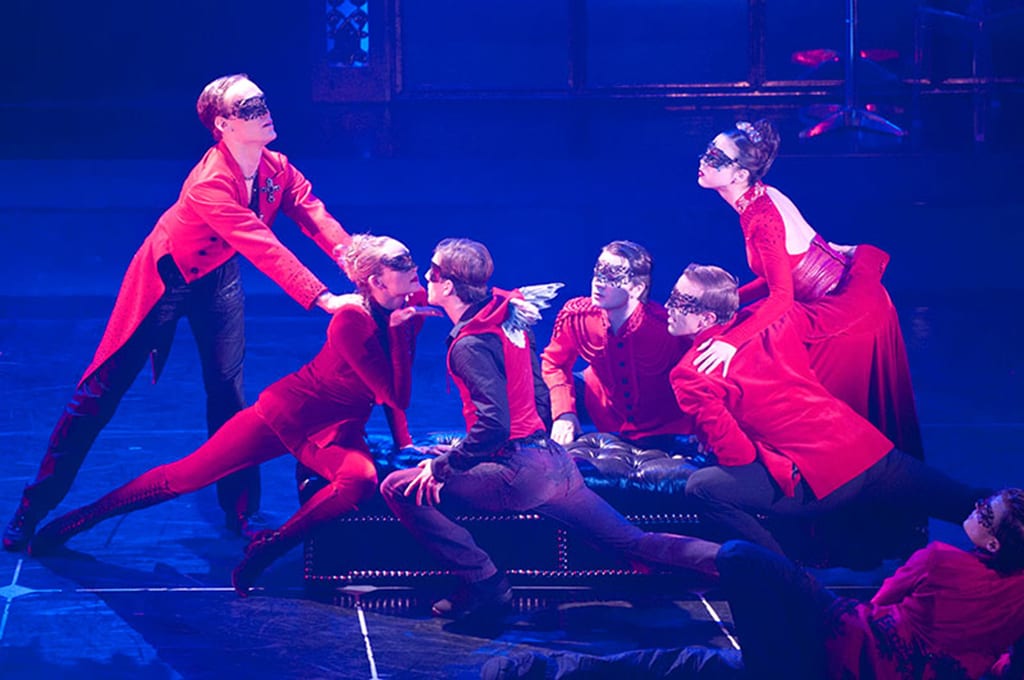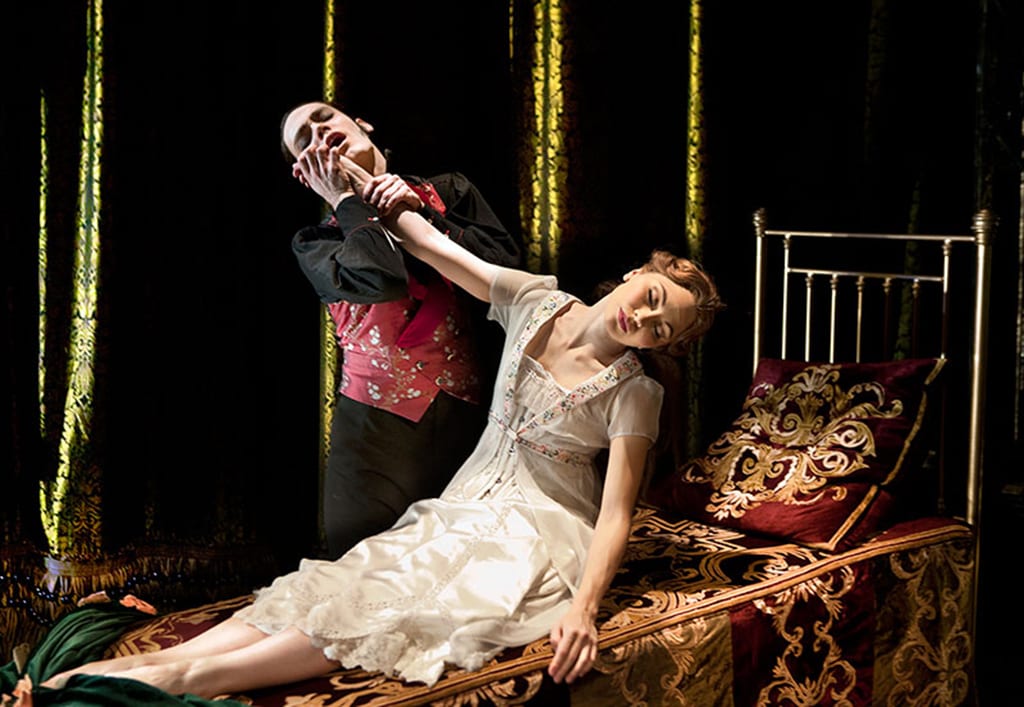One of the problems with the story of Sleeping Beauty, according to Matthew Bourne, is the lack of narrative tension: Aurora is a fairly two-dimensional character, who falls in love at first sight and ends up living ‘happily ever after’ with an equally two-dimensional prince. The lack of drama means the ending is unsatisfying, and everyone who has adapted the tale over the last century or so has attempted to resolve these narrative issues; Bourne’s version of the story is the latest in a long line, but also one of the best.
In this ballet, Aurora is a feisty, free-spirited child from the beginning – as shown by the puppet crawling around the stage, which replaces the usual lifeless doll. In addition to fleshing out the traditional characters, Bourne creates new ones to fulfil the narrative, making for a ballet which is dramatically as well as aesthetically satisfying. The secret relationship between Aurora and Leo is both sweet and credible, and both Shaw and Trenfield are accomplished actors as well as dancers; their pas de deux at Aurora’s birthday party is enchanting, but is followed by a heart-breaking scene when she pricks her finger on the fatal rose. Tom Clark shines as the two Gothic villains, Carabosse and her son Caradoc; while the somewhat sinister fairies, led by the excellent Christopher Marney, are a captivating new take on tradition.
One of the most noteworthy things about this production is that it really does span one hundred years: beginning with Aurora’s birth in 1890, through her coming of age in 1911, and ending in 2011, when the ballet was originally conceived. The costume department excels, recreating costumes from each time period with accuracy and beauty; and the choreography, which draws on some of Petipa’s 1890 production, integrates the popular dances of each time period.
The set is magnificent, without being excessive or drawing attention away from the performance. At crucial moments, text is projected onto the screen in front of the stage; a nice touch which is both a nod to the story’s original iteration as a text, beginning ‘Once upon a time…’, and a means of clarifying the plot to the audience. As in the original 2012 production, Tchaikovsky’s (slightly edited) score is taped rather than performed by a live orchestra – it’s a small thing, but is noticeable at points during the performance, and can be off-putting. However, this is the only noteworthy flaw in this otherwise superb production, which manages to be completely fresh while retaining the magic of the original fairy tale.







